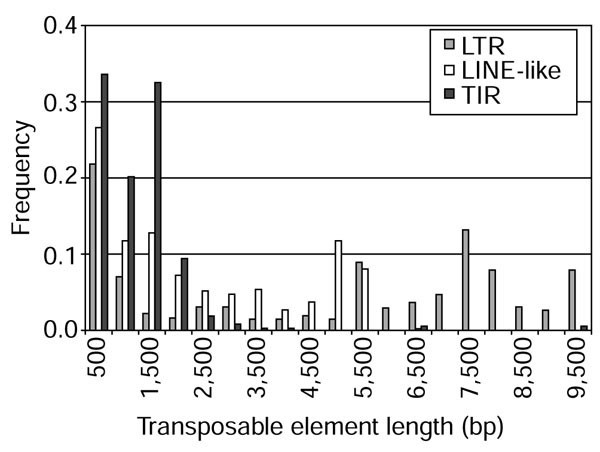Sn Rk 202 14 2002

Surface-enhanced Raman scattering (SERS) is a spectroscopic technique which combines modern laser spectroscopy with the exciting optical properties of metallic nanostructures, resulting in strongly increased Raman signals when molecules are attached to nanometre-sized gold and silver structures. The effect provides the structural information content of Raman spectroscopy together with ultrasensitive detection limits, allowing Raman spectroscopy of single molecules. Since SERS takes place in the local fields of metallic nanostructures, the lateral resolution of the technique is determined by the confinement of the local fields, which can be two orders of magnitude better than the diffraction limit. Moreover, SERS is an analytical technique, which can give information on surface and interface processes.
SERS opens up exciting opportunities in the field of biophysical and biomedical spectroscopy, where it provides ultrasensitive detection and characterization of biophysically/biomedically relevant molecules and processes as well as a vibrational spectroscopy with extremely high spatial resolution. The article briefly introduces the SERS effect and reviews contemporary SERS studies in biophysics/biochemistry and in life sciences. Potential and limitations of the technique are briefly discussed. Export citation and abstract.
Heroes of might and magic 4 iso free download. Copy over the cracked content from the /Crack directory on the image to your game install directory 5.
INTRODUCTION In addition to their essential roles as substrates in carbon and energy metabolism and in polymer biosynthesis, sugars have important hormone-like functions as primary messengers in signal transduction. The pivotal role of sugars as signaling molecules is well illustrated by the variety of sugar sensing and signaling mechanisms discovered in free-living microorganisms such as bacteria and yeast (; ). For such unicellular organisms, nutrient availability is the main extracellular factor controlling growth and metabolism. The role of nutrients as regulatory molecules has come to be appreciated only recently in mammals despite extensive previous research on Glc homeostasis and diabetes (; ). In plants, sugar production through photosynthesis is a vital process, and sugar status modulates and coordinates internal regulators and environmental cues that govern growth and development (;; ). Although the regulatory effect of sugars on photosynthetic activity and plant metabolism has long been recognized, the concept of sugars as central signaling molecules is relatively novel.
First published: 17 January 2002. Cited by: 2911. Figures; Related.
Recent progress has begun to reveal the molecular mechanisms underlying sugar sensing and signaling in plants, including the demonstration of hexokinase (HXK) as a Glc sensor that modulates gene expression and multiple plant hormone-signaling pathways (; ). Analyses of HXK mutants will provide new evidence for distinct signaling and metabolic activities. Diverse roles of Snf1-related protein kinases (SnRKs) in carbon metabolism and sugar signaling also are emerging (; ).

In addition, Suc, trehalose, and other HXK-independent sugar sensing and signaling pathways add more complexity in plants (;; ). Biochemical, molecular, and genetic experiments have supported a central role of sugars in the control of plant metabolism, growth, and development and have revealed interactions that integrate light, stress, and hormone signaling (;;;; ) and coordinate carbon and nitrogen metabolism (;; ). A number of reviews have appeared in the past few years emphasizing different aspects of sugar signaling and its interactions with other plant signal transduction pathways. In this review, the extent and impact of the sugar signaling network on plant life is illustrated. We explore diverse sugar responses, summarize biochemical and genetic evidence for different sugar sensing and signaling mechanisms, consider the extensive regulatory web that mediates sugar and hormone signaling, and suggest possible directions for future research. Metabolism Photosynthesis is active primarily in mature leaf mesophyll cells, and photosynthate is transported, primarily as Suc, to meristems and developing organs such as growing young leaves, roots, flowers, fruit, and seed. Light and sugars regulate these growth activities by a coordinated modulation of gene expression and enzyme activities in both carbohydrate-exporting (source) and carbohydrate-importing (sink) tissues (). Dell vostro 1520 mass storage controller driver windows 7 64.